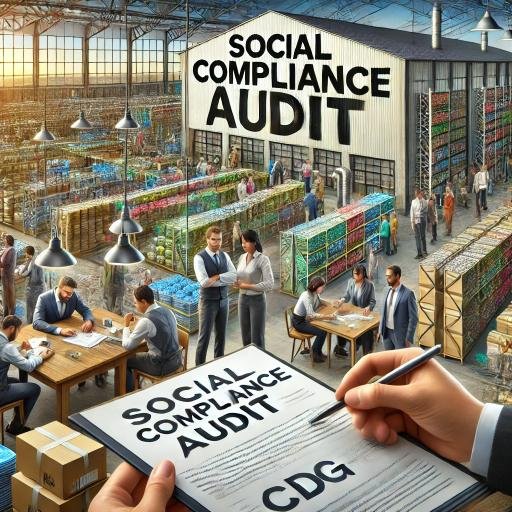Key Components of a Successful Social Compliance Audit
In today’s globalized business environment, ensuring that your operations and supply chains adhere to ethical standards is not just a regulatory requirement—it’s a critical component of maintaining a responsible and sustainable business. Social compliance audits are a powerful tool for verifying that your company and its suppliers meet the necessary standards in areas such as labor practices, health and safety, and environmental impact. But what makes a social compliance audit successful?
At CDG, we specialize in providing comprehensive Social Compliance Audit services that help businesses navigate the complexities of ethical compliance. In this blog post, we’ll explore the key components of a successful social compliance audit, offering insights, practical tips, and examples to help your company achieve and maintain high ethical standards.
Introduction: The Importance of Social Compliance Audits
Social compliance audits are designed to assess whether a company and its suppliers are adhering to established ethical standards, including those related to labor rights, worker safety, and environmental sustainability. These audits are essential for protecting workers, maintaining brand reputation, and ensuring that businesses operate responsibly in a global market.
However, the success of a social compliance audit hinges on several critical components. By understanding and implementing these elements, companies can ensure that their audits are thorough, accurate, and effective in driving continuous improvement.
1. Clear and Comprehensive Audit Scope
The foundation of a successful social compliance audit is a clear and comprehensive audit scope. This scope defines what will be assessed during the audit, including specific areas of compliance, geographic regions, and the suppliers or facilities involved.
1.1. Defining the Audit Objectives
Before the audit begins, it’s important to define the objectives clearly. Are you focusing on labor practices, health and safety, environmental impact, or a combination of these? Understanding the specific goals of the audit will help you tailor the process to address the most critical issues.
- Example: A company with a global supply chain might prioritize audits of suppliers in regions known for labor rights issues, ensuring that the focus is on verifying compliance with labor standards.
Practical Tip: Work with your audit team to develop a detailed audit plan that outlines the objectives, scope, and methodology. This plan should be shared with all relevant stakeholders to ensure alignment and transparency.
1.2. Tailoring the Audit to Your Industry and Region
Different industries and regions present unique challenges when it comes to social compliance. Tailoring the audit to address these specific challenges is essential for obtaining accurate and meaningful results.
- Example: A food manufacturing company might focus its audit on supply chain transparency and fair wages, while a garment manufacturer might prioritize labor conditions and child labor prevention.
Practical Tip: Consider the unique risks and challenges of your industry and region when defining your audit scope. Engage with local experts to gain insights into regional compliance issues that may need special attention.
2. Thorough Preparation and Documentation
Successful social compliance audits require thorough preparation, including gathering all necessary documentation and ensuring that your internal processes are ready for assessment.
2.1. Gathering Relevant Documentation
Auditors will need access to a wide range of documents, including employee records, payroll data, safety inspection reports, and environmental compliance records. Having these documents organized and readily available is crucial for a smooth audit process.
- Example: A factory might prepare by compiling records of worker training programs, safety equipment maintenance logs, and proof of wage payments.
Practical Tip: Create a checklist of all the documents and records needed for the audit. Assign a team member to ensure that everything is up-to-date and accessible before the audit begins.
2.2. Preparing Your Team
Your employees play a vital role in the success of the audit. It’s important to prepare your team by explaining the audit process, their roles, and what to expect. This includes training managers and supervisors who may be interviewed during the audit.
- Example: A company might hold pre-audit meetings with key staff to review the audit process, discuss potential areas of focus, and ensure that everyone is prepared to provide accurate information.
Practical Tip: Conduct mock audits or role-playing scenarios to help your team practice for the actual audit. This can help reduce anxiety and ensure that they are ready to participate effectively.
3. Effective Supplier Engagement
For many companies, a significant part of social compliance involves ensuring that suppliers meet the required standards. Engaging with your suppliers effectively is essential for a successful audit.
3.1. Communicating Expectations to Suppliers
From the outset, it’s important to communicate your social compliance expectations clearly to your suppliers. This includes outlining the standards they must meet and the consequences of non-compliance.
- Example: A retailer might provide its suppliers with a code of conduct that details the labor, health, safety, and environmental standards they are expected to uphold.
Practical Tip: Include social compliance requirements in your supplier contracts and provide regular updates on any changes to standards or expectations. This helps ensure that suppliers are always aware of their obligations.
3.2. Building Collaborative Relationships
Successful social compliance audits often result from strong, collaborative relationships between companies and their suppliers. By working together, you can address compliance issues more effectively and drive continuous improvement.
- Example: A company might offer training and resources to help suppliers improve their labor practices, thereby supporting them in meeting compliance standards.
Practical Tip: Regularly engage with your suppliers through meetings, workshops, and site visits. This helps build trust and fosters a collaborative approach to maintaining high ethical standards.
4. Robust Audit Methodology
The methodology used during the audit is critical to its success. A robust methodology ensures that the audit is thorough, objective, and provides accurate insights into compliance.
4.1. Using a Combination of Audit Techniques
A successful social compliance audit often involves a combination of different audit techniques, including document reviews, on-site inspections, and worker interviews. This multi-faceted approach helps ensure that the audit covers all aspects of compliance.
- Example: An audit might include a review of payroll records to verify fair wages, a site inspection to assess working conditions, and confidential interviews with workers to gather insights into their experiences.
Practical Tip: Ensure that your audit team includes experienced auditors who are skilled in using various audit techniques. Their expertise will be crucial in obtaining a comprehensive view of compliance.
4.2. Ensuring Objectivity and Independence
Objectivity is key to a successful audit. Ensure that your auditors are independent and have no conflicts of interest that could affect their judgment. This helps ensure that the audit results are credible and trustworthy.
Practical Tip: Consider using third-party auditors to conduct your social compliance audits. Their independence can provide an additional layer of credibility to the audit process.
5. Follow-Up and Continuous Improvement
A social compliance audit is not just a one-time event—it’s part of an ongoing process of continuous improvement. How you respond to the audit findings is crucial for driving lasting change.
5.1. Developing a Corrective Action Plan
If the audit identifies areas of non-compliance, it’s important to develop a corrective action plan (CAP) that outlines the steps you will take to address these issues. The CAP should include specific actions, timelines, and responsibilities.
- Example: If an audit reveals inadequate safety measures, the CAP might include installing new safety equipment, conducting additional training, and scheduling follow-up audits to monitor progress.
Practical Tip: Involve all relevant stakeholders in developing and implementing the CAP. This ensures that everyone is aligned and committed to achieving compliance.
5.2. Monitoring Progress and Making Adjustments
Continuous improvement is key to maintaining social compliance over the long term. Regularly monitor progress on your corrective actions and make adjustments as needed to ensure that your company and suppliers remain compliant.
Practical Tip: Schedule regular follow-up audits and reviews to assess the effectiveness of your corrective actions. Use the insights gained from these assessments to make further improvements and prevent future non-compliance.
Achieving Success in Social Compliance Audits
A successful social compliance audit is built on a foundation of clear objectives, thorough preparation, effective supplier engagement, robust methodology, and a commitment to continuous improvement. By focusing on these key components, your company can navigate the complexities of social compliance with confidence, ensuring that you meet ethical standards and maintain a responsible, sustainable business.



